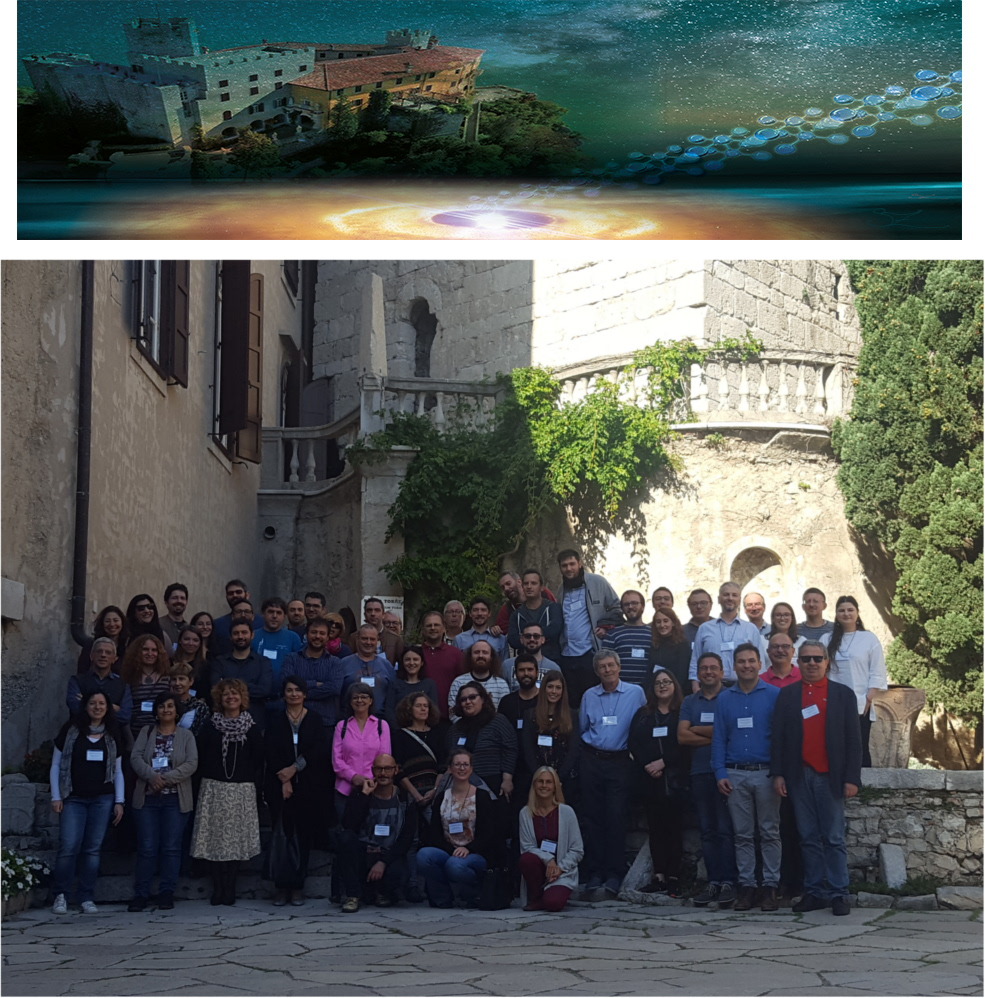The investigation of asteroids remains one of the major topics of planetary science. As primitive leftover building blocks of the solar system formation process, they offer clues to the chemical mixture from which the planets formed some 4.6 billion years ago and provide information on the development of life on Earth.
Several asteroids have been observed by space missions, but the majority...
The Cassini spacecraft orbited in the Saturnian System from July 2004 to the end of the mission in September 2017. During almost thirteen years of survey, the VIMS (Visible and Infrared Mapping Spectrometer) experiment (Brown et al., 2004), provided a complete sampling of the spectrophotometric properties of Saturn’s icy moons and rings in the VIS-IR wavelength range (0.35-5.1 µm). These vast...
The VIRTIS infrared spectra of the surface of comet 67P/Churyumov-Gerasimenko (67P/CG) display a wide absorption band in the range 2.8-3.6 μm, which has been associated to the presence of organic compounds [1, 2]. However, several instrumental effects have hindered, so far, the detailed interpretation of the molecules and compounds contributing to this band. In this work we first revise the...
In this talk I will review all Rosetta data supporting the conclusion that comets are built-up of pristine cm-sized pebbles and were formed in the solar proto-planetary disc after the Al26 decay by gentle gravitational collapses possibly driven by streaming instabilities.
How the chemical complexity evolves during the process leading to the formation of a Sun and its planetary system? Is the chemical richness of a Solar-like planetary system (partially) inherited from the earliest stages or there is a complete chemical reset? A powerful way to start answering these questions is by comparing the observed astrochemical content in young protostars with that in...

